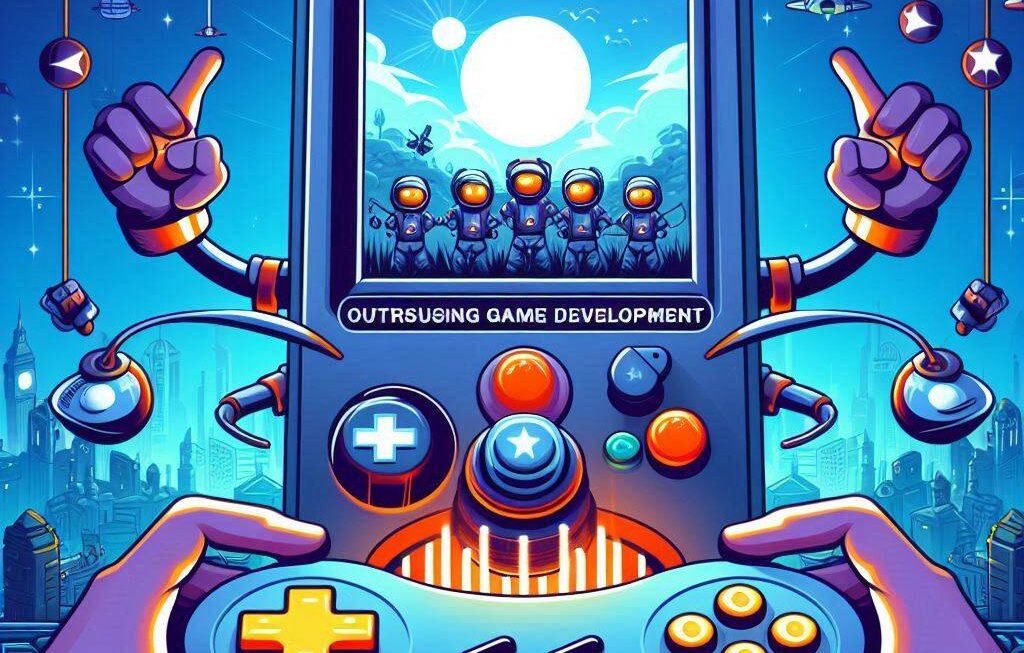The Genesis of Greatness
The 16-bit revolution was spearheaded by consoles like the Sega Genesis and the Super Nintendo Entertainment System (SNES). These platforms, with their enhanced graphics and sound capabilities, opened new creative avenues for developers.
Sonic’s Speedy Stride
One such developer was Sega’s Yuji Naka, who gave us the blue blur known as Sonic the Hedgehog. Sonic’s speed and agility redefined platforming games, setting a new standard for fast-paced action.
Nintendo’s Nostalgia Trip
On the other side of the console war stood Shigeru Miyamoto, Nintendo’s creative genius. His creations, from Mario to Zelda, have become synonymous with gaming itself. The Super Mario World’s Yoshi, for instance, was a direct response to the popularity of Sonic, demonstrating the competitive spirit that fueled innovation during this era.
The Power of Experimentation
The 16-bit era was not just about competition; it was also a time of experimentation. Games like Earthworm Jim and Mega Man X pushed boundaries, introducing us to unique characters, complex narratives, and innovative gameplay mechanics. These games showed that creativity could thrive even within the constraints of hardware limitations.
The Legacy Lives On
Today, we see the echoes of these pioneers in every corner of gaming. From indie developers emulating the pixel art style of Mega Man to AAA studios incorporating the fast-paced action of Sonic, the impact of 16-bit game development legends is undeniable.
FAQs
Q: Who were the key figures in 16-bit game development?
Yuji Naka (Sonic the Hedgehog) and Shigeru Miyamoto (Super Mario World, The Legend of Zelda) are two notable figures.
Q: Why was the 16-bit era significant in gaming history?
It marked a period of intense competition, innovation, and experimentation that laid the foundation for modern gaming.
In conclusion, the 16-bit era was more than just a chapter in gaming history; it was a catalyst for change. The legends who emerged during this time continue to influence gaming today, reminding us that creativity, competition, and innovation are the lifeblood of our industry.




